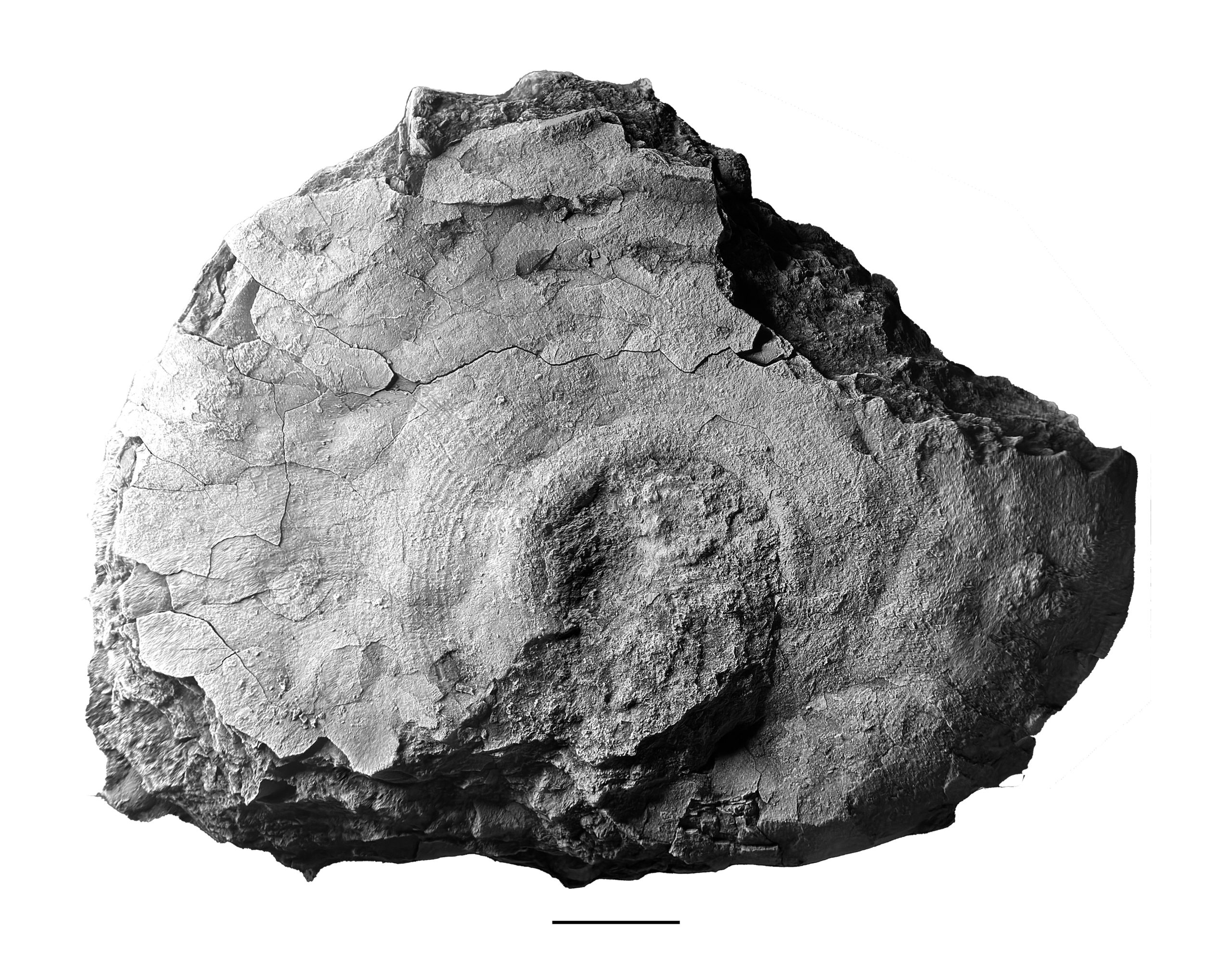Fossilized Paleozoic Ammonoids are a rare find in the Glenshaw Formation. When recovered, these specimens can be challenging to identify. I have recovered a few ammonoids, but as far as volume goes, the nautiloids rule the available fauna. I found my first ammonoid early, but I could not identify it down to even the proper taxonomic class until a year later. Its rarity brings down its familiarity. In Pennsylvanian Cephalopods of Ohio, Mapes et al. discuss those vast populations of Ammonoids found in the midwest, where the actual continental shelf existed. While more study is needed, it seems that ammonoids did not prefer the shallow ocean bays that formed inland as the sea levels rose.
Most of the collected fossil material has been from a Pine Creek limestone exposure in central Armstrong County for at least the last half of the year. The limestone is very fissile and makes specimen recovery very easy. Yet many thin-shelled fossil remains are crushed; thus, finding good specimens can be difficult.
Metacoceras has been a staple cephalopod find across the Pine Creek location and the local Brush Creek. The outer surface of the fossiled shells is more likely to preserve in the Pine Creek limestone. The Brush Creek limestone contains a harder limestone. Specimens in the Pine Creek location are often crushed and brittle.
In a late fall search of the limestone boulders that litter the drop zone, I found what I assumed was a brachiopod. But after attempting to extract it, it became clear that it was the preserved outer shell of an ammonoid. After sending proper photos to Royal Mapes, he identified it as another Schistoceras.

Additional Keys to Identification
The shell surface looked like a brachiopod shell ornament. But it turns out that it showcased the fine detail of Schistocera’s shell patterns. While likely the entire shell is more or less preserved, it’s caked with limestone matrix that would probably cause more damage if removal was attempted.

The suture pattern was slightly exposed but was unmistakable as an ammonoid suture shape. Schistoceras belongs to the order Goniatitida, an order of Ammoinds that went extinct at the end of the Permian. The terminology can be a bit confusing, as what most people call ammonites are actually from the order Ammonitida that flourished until the end of the Cretaceous. Ammonitida is an order under the subclass Ammonoidea. Goniatitida was a more primitive creature that went extinct at least 185 million years before Ammonitida did.

Another specimen
I recovered this specimen in March of 2023. Fossil collecting over time usually yields better and better specimens, and this one is a great example of the ornament on the flank of Schistoceras.




